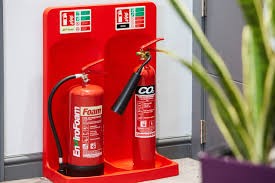How to drive on smart motorways
A smart motorway is a section of a carriageway that uses a traffic management system to reduce congestion in busy areas. It’s a form of digitalisation, and solutions include using the hard shoulder as a lane and implementing the use of technology. This is controlled from a regional centre where changes are made to the digital signs to indicate the correct speed limits to suit conditions. This ensures the traffic continues to flow smoothly. Highways England has introduced smart motorways to manage flow while reducing environmental impact, so additional lanes are not needed. On busier stretches of motorways, the hard shoulder becomes temporarily available to facilitate traffic flow.
Traffic management reduces congestion
It’s essential that drivers know how the “digital” motorways operate, and they must be aware of the variable speed limits at all times. Normal rules apply, and the same laws are in force for speeding on a smart motorway as on a normal one. However, with more cameras patrolling smart motorways, drivers have a higher chance of being apprehended and hit with steep fines.
Motorists should not ignore the red X signs. This sign is used to identify a lane closure, and it’s the signal for motorists to move into another lane. According to The Guardian, the system will be safer because laybys will permit vehicles to divert off the motorway, distancing them from fast traffic, according to Highways England.
Chevrons increase visibility on the motorway
Chevrons on commercial vehicles can help a lot with visibility on motorways. Chapter 8 Chevrons come in complete kits for the commercial vehicle market. The magnetic, self-adhesive stickers and aluminium Chapter 8 Chevrons can be directly applied to your vehicle.
If you break down, you should use a nearby emergency refuge area, which will have designated blue signs featuring an SOS telephone symbol on them. If you cannot take refuge, you should move off the road and switch on the hazard warning lights. If you are able to leave the car safely, contact Highways England using the emergency telephone provided at the roadside. If it is not feasible to exit the car or van safely, you should remain in the vehicle with your seat belt fastened and dial the emergency services on 999 for immediate help if you have access to a mobile phone.








